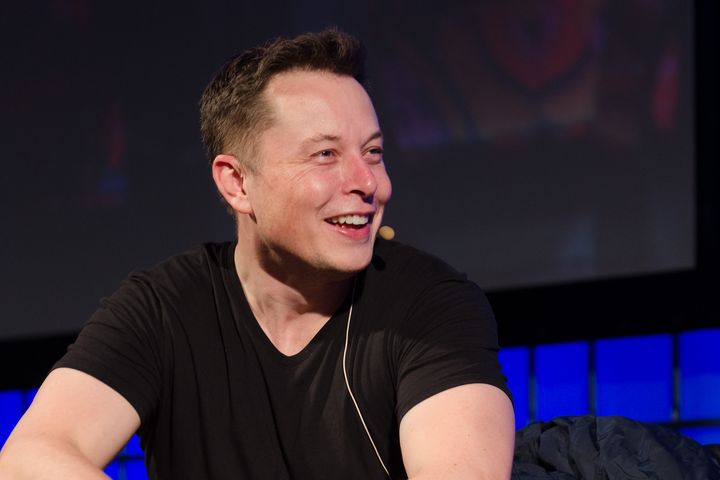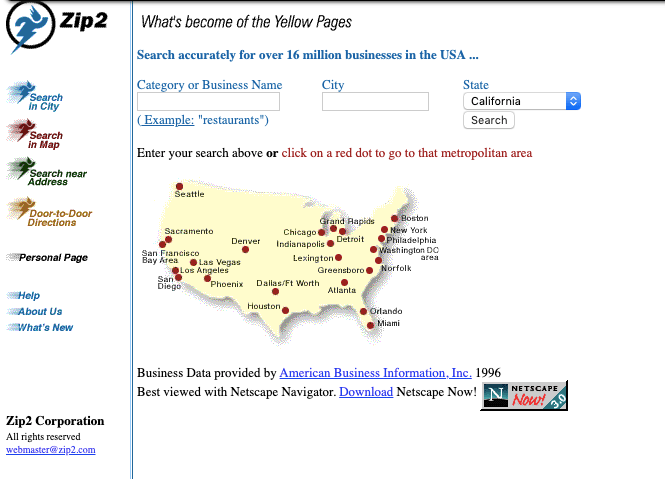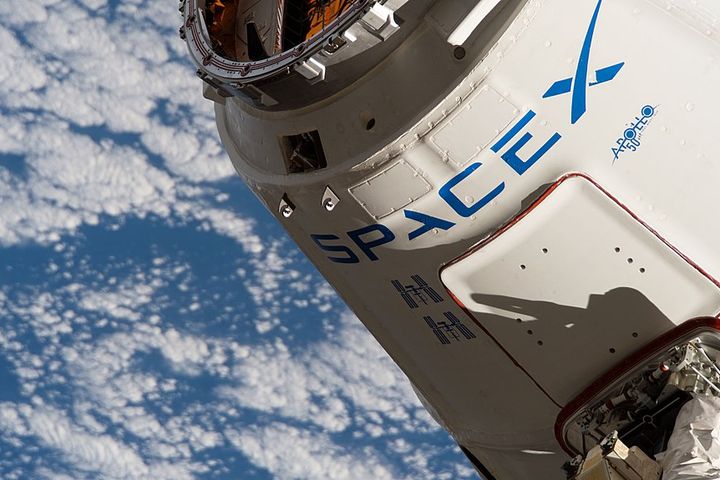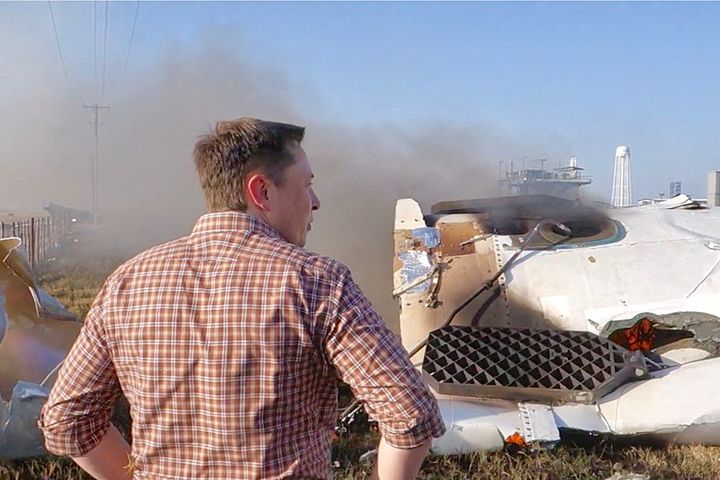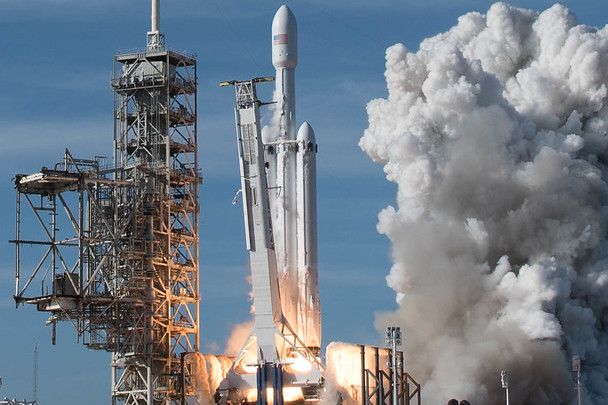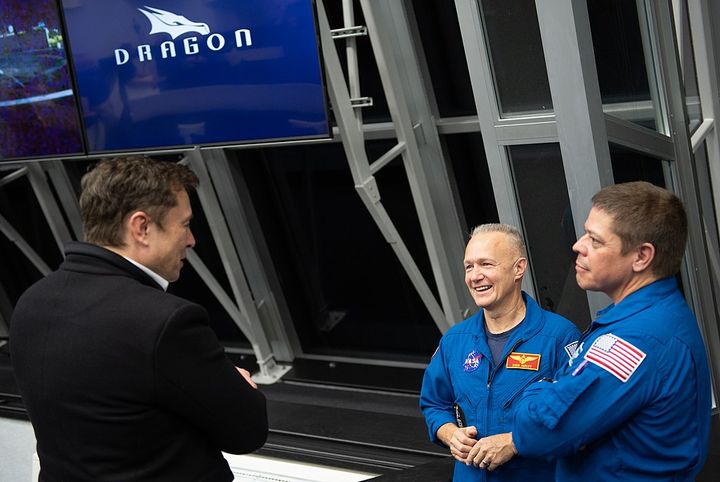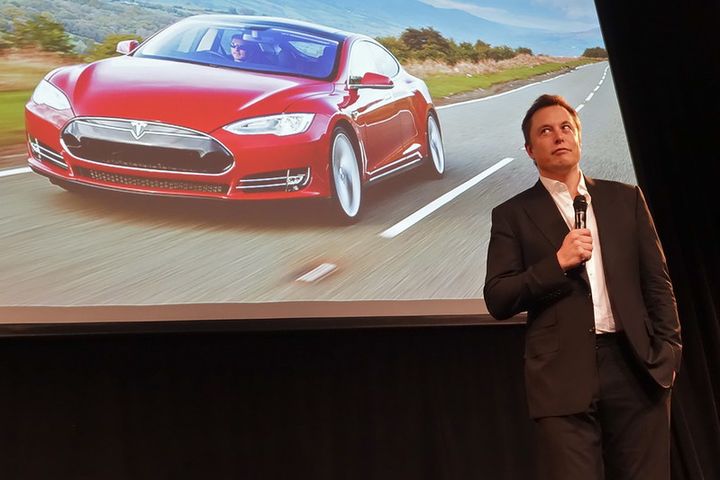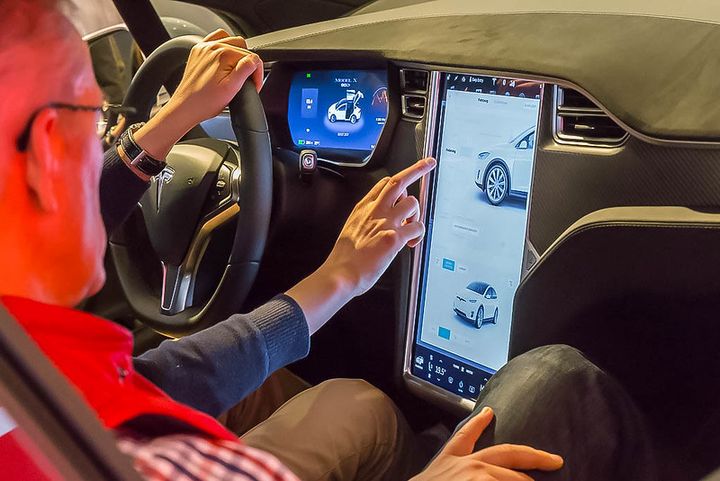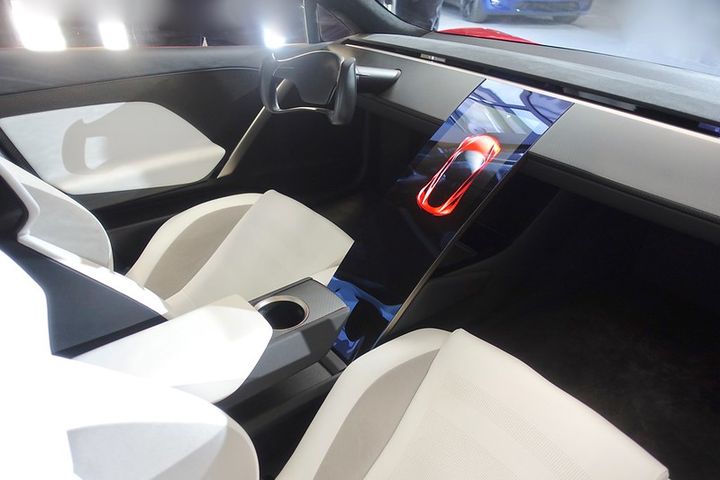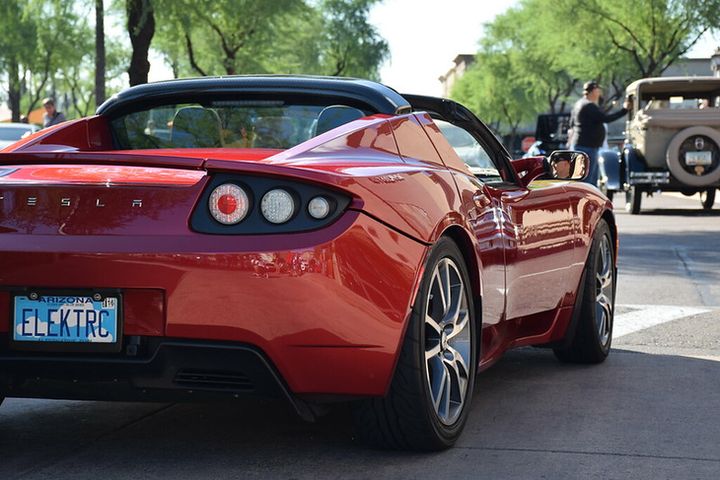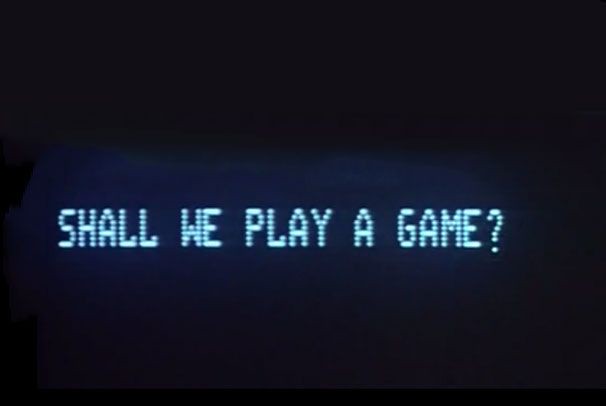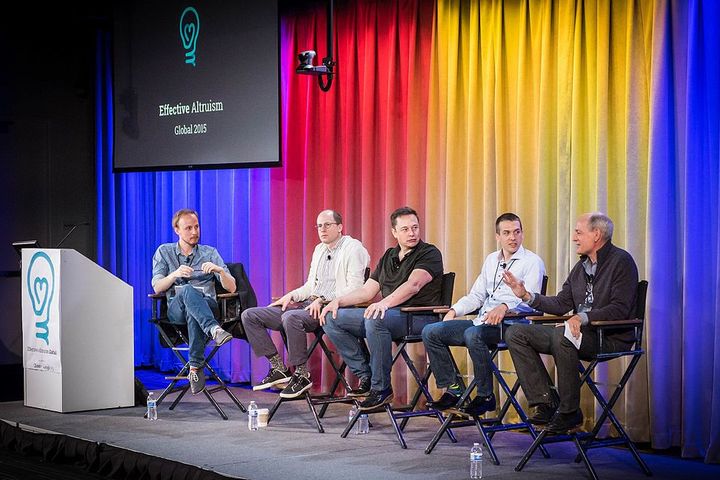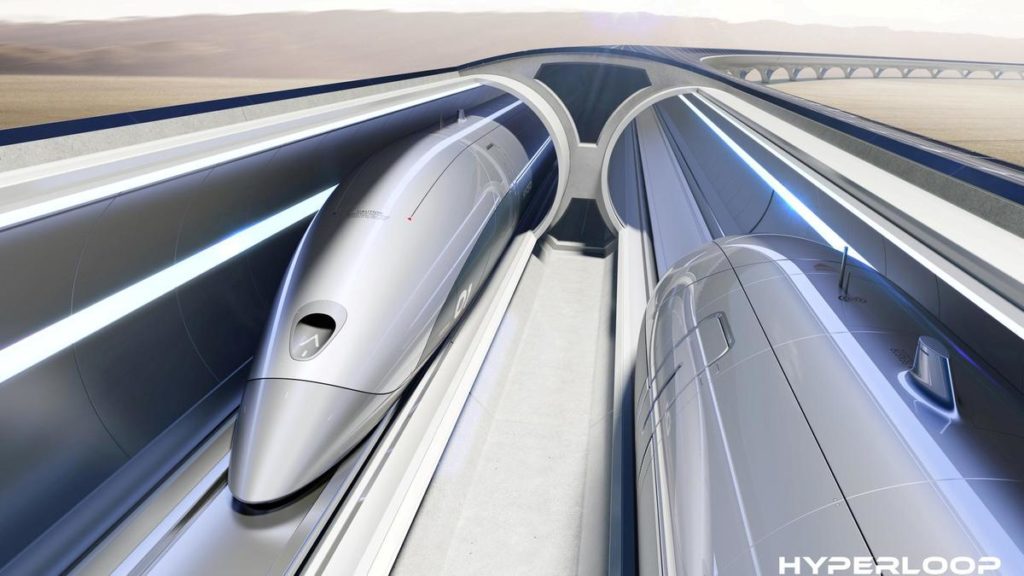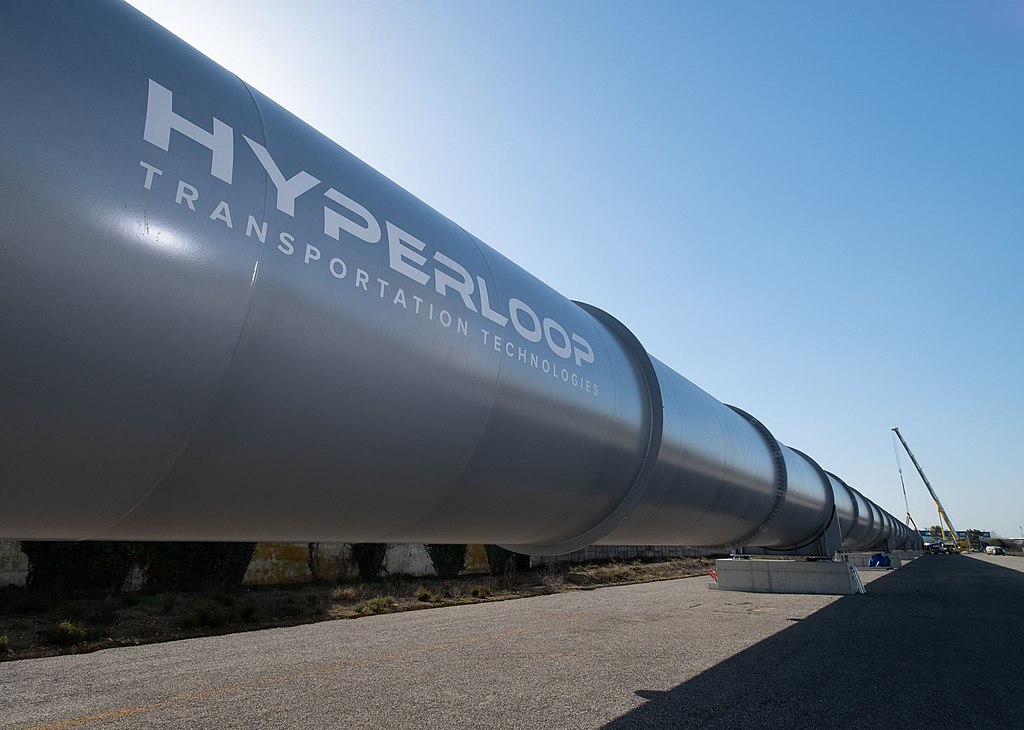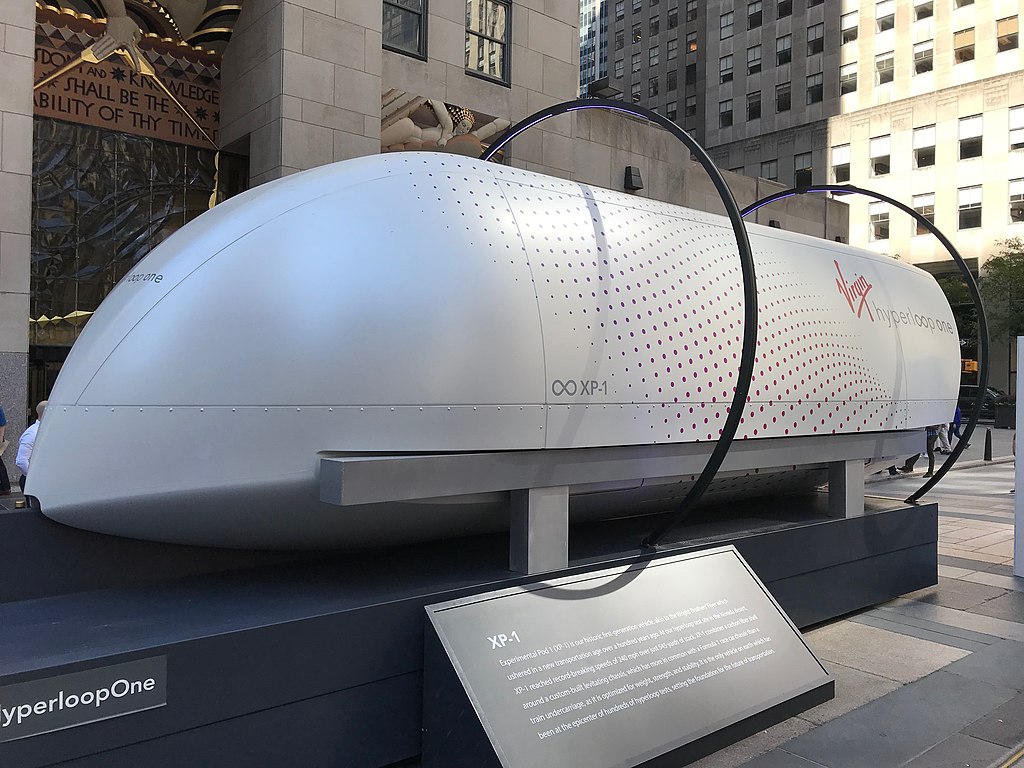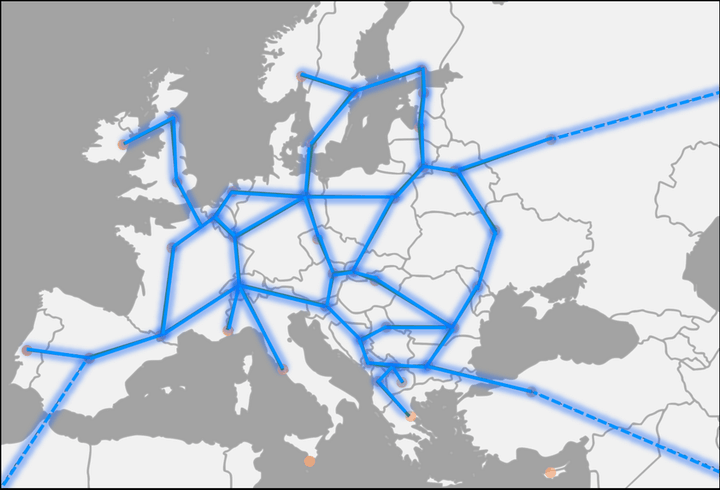Elon Musk is known for creating forward-thinking companies. He invented online payments and cars that drive themselves. The entrepreneur will be making commercial flights to the Moon and colonizing Mars. One of his companies is even working on merging machines and humans.
It sounds like science-fiction. But Musk, an engineer, has a knack for making things that seemed impossible become a reality.
These are Elon Musk’s companies, and how they are propelling you into the future -whether you are ready or not.
Zip2 was Elon’s first internet company
Back in 1995, the World Wide Web was just beginning. Yet, Elon realized it was going to be big, and he wanted a part in it.
So the 24-year-old dropped out of Stanford University. He was about to begin a PhD in Physics. But he left to create a website called Zip2 with his younger brother Kimbal.
Elon coded the website, which was sort of an early Google Maps/TripAdvisor mashup.
Zip2 visitors could use the website like one would use the yellow pages. They could look up the address of a particular business or find all businesses listed under a category.
Furthermore, they could search for establishments, like movie theaters, that were nearby. The website had reviews for each. And like in Google Maps, the establishments appeared on a map with door-to-door directions.
The company also helped newspapers, such as the New York Times, to have an online presence, since at the time, most did not.
Elon funded the startup with $2,000 of his money, $5,000 from Kimbal, and $8,000 from Gregory Kouri, a family friend.
Four years after its foundation, in 1999, Compaq Computers bought Zip2. They paid about 340 million dollars. They wanted to add it to their search engine AltaVista.
And 28-year-old Elon walked away with $22 million.
Read more about Elon: 17 Little Known Facts About Elon Musk
PayPal: Elon & friends revolutionize payments
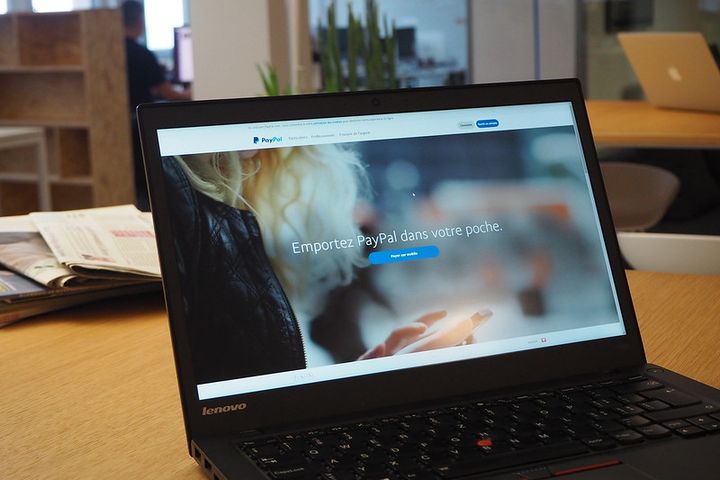
The South African was just getting starting, though. With the money he earned from the sale of Zip2, Elon immediately began another online company: X.Com.
In another visionary move, X.com was a fully online bank.
It was 1999, and there was another startup that had overlapping features with X.com.
After a few months of fierce competition, the two companies decided to merge.
And they decided to develop only one of their products. They focused on the one that made possible to transfer money online. Anyone with an email could send money to anyone else who had an email.
That company is nowadays called PayPal.
Two years after the merger, in 2002, eBay bought PayPal for $1.5 billion.
Read next: Can You Name the Inventors of Your Favorite Social Media, Like YouTube and Instagram?
SpaceX: off to colonize Mars
In 2002, 31-year-old Elon was talking to a friend while they were driving. By now, they were both rich and had no jobs. What could they do next?
Half-jokingly they started thinking about going to space. But the idea actually took root. And Elon founded, that same year, SpaceX (Space Exploration Technologies Corporation).
SpaceX’s mission is to get people to Mars and to popularize space travel. Or, as Elon puts it: “to accelerate the advent of humanity becoming a space fairing civilization.”
Elon has admitted that at the beginning, he thought the company had about a 10% chance of succeeding. His friends thought even that was too optimistic and tried to talk him out of the idea several times.
But since then, SpaceX has won contracts with NASA. It is the first private company that has delivered supplies to the International Space Station (ISS) that orbits Earth. And it even sent astronauts to that same station in June 2020.
Missions to Moon and Mars
SpaceX is building a new rocket, Starship. If everything works out, it will be able to take about 100 people to the Moon and Mars.
The first commercial flight to the Moon is programmed for 2023. And the flight is already sold out. Space-enamoured Japanese billionaire Yusaku Maezawa bought the 8 seats.
The Mars journey is also programmed for the early 2020s. The rocket will take about six months to get to Mars. The first missions will be manned solely by NASA astronauts.
Elon plans to colonize Mars and create a city there, with commercial flights going back and forth from Earth.
And as an extra, Elon has stated that the same spaceships used to fly to the Moon could be used on Earth.
They would function somewhat like airplanes but significantly speed up long-distance travel. Any place on Earth would be reached in less than 30 minutes. So, say, a trip from Miami to Shanghai would take less than half an hour.
Elon is both SpaceX’s CEO and the chief engineer.
Read also: Apollo 15: Mission, Achievements, and Controversies
Tesla and a sustainable future
In 2003, Martin Eberhard and Marc Tarpenning founded Tesla. The company made electric cars.
The following year Elon became an investor in the company. He also became a member of the board of directors.
And he started designing the company’s first vehicle: the Roadster. The sports car earned Musk several design awards.
Elon now runs Tesla. And he wants to make inexpensive electric cars for mass consumption. His aim is to speed the world’s transition to sustainable energy.
Tesla currently has four car models that start at $30,000. And they will make trucks and trains in the future.
A car that drives itself
Tesla’s cars are quite fancy. Musk is known to be a perfectionist and to have an eye for aesthetics. But probably what makes Tesla stand out the most is its futuristic edge.
All its cars have rear, side, and forward-facing cameras. Some have a computer screen attached to the dashboard. And they all produce zero emissions. They can be charged with electricity or the sun, depending on whichever the buyer chooses.
But the winning feature is the autopilot. These cars really drive themselves. The owner does not even have to be inside the car for the autopilot to work. He/she can call the car from afar and have their Tesla pick them up anywhere in a parking lot. Like Knight-Rider, if you were around in the 80s.
Tesla’s success has forced other car companies – like Audi, Chevrolet, Mercedes-Benz, and BMW- to enter the electric car market. And Musk welcomes it since it means that the switch to sustainable energy will happen sooner.
Elon Musk acts as Tesla’s CEO and its chief designer.
SolarCity -sustainable energy at home
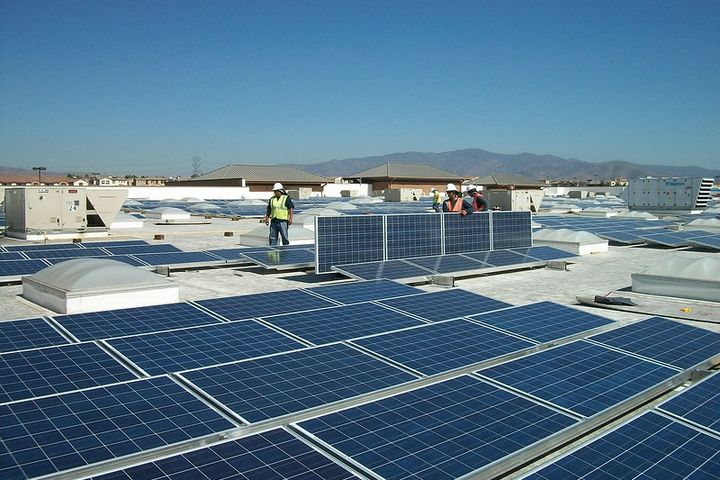
Seems like Elon gets even more forward-thinking ideas than usual when he goes on a road trip. He came up with SpaceX during one.
And two years later, in 2004, he came up with the idea for SolarCity while he was on his way to the Burning Man festival. He was going with his South African cousin Lyndon Rive.
Lyndon was already a successful businessman. And he told Elon he now wanted to build a company that was good for humanity. So cousin Elon suggested solar roofs.
Wisely, Lyndon headed the advice. He and his brother Peter Rive founded SolarCity in 2006. Elon was one of the investors, the major shareholder, and chairman.
Ten years later, Tesla went on a shopping spree. And among the companies it bought was SolarCity ($2.6 billion).
When Tesla acquired it, SolarCity’s main product were solar panels, which are quite bulky. So Elon pushed into production the solar tiles that the company had been developing. They look like normal tiles, so they are much prettier than the panels.
Solar roofs and tiles help save on electric bills. Plus, they can produce excess energy that can be sold to a city’s energy grid. So, ideally, instead of paying for energy, the owner of a solar roof may earn money.
SolarCity is now part of Tesla Energy. The division develops alternative energy. And, in time, it may become a major clean energy provider.
OpenAI – Artificial intelligence and beyond
Elon and other people that have spent a lot of time thinking about artificial intelligence (AI) believe that when AI becomes too advanced, it could, like in the movies, turn against humans and exterminate them.
So in 2015, Elon and a group of these people got together and founded a nonprofit called OpenAI.
Now here is the twist. In order to get AI under control, what this group does is… develop AI. The idea is to beat private companies. That way, they will not be able to patent it first and use it for their own commercial purposes, which could harm humankind.
OpenAI, instead, is supposed to make its code and patents open to the public.
Their end game is to make AI useful for humankind. Although Elon acknowledges that their own experiments might bring about the very situation they are trying to avoid.
Things have not been smooth-running, either. The company realized they could not compete with the likes of Google, who is developing AI, without more funds. So now OpenAI is two companies, one remains nonprofit, and the other is for profit.
Meanwhile, they created a software that they did not share with the public. Part of the company’s mission is to share their software. But they realized the program, in the wrong hands, could be harmful.
Elon resigned his place on the board of directors of OpenAI in 2018. Tesla is developing AI, namely the autopilot. And Elon realized he could have a conflict of interests in the future.
Yet, he still helps fund OpenAI.
The Boring Company- high-speed public transportation
The name of the company is a play of words. The ‘boring’ part refers to tunnel-boring. This company, founded in 2016, makes underground tunnels.
The idea is to create a fast public transport system underground.
Unlike subways, these tunnels, called Loops, will be used by both private cars and ‘pods’ that sit up to 16 people.
The speed inside the tunnels will be of up to 250 kph (155 mph). For comparison, in Amsterdam, most streets have a speed limit of 30 kph (19 mph). And due to the congestion, a car travels at about 12 kph (7.5 mph) in central London.
The Boring Company is now making a Loop under the Las Vegas Convention Center. It will transport passengers underneath the center.
Hyperloop: speeding up long-distance travel
Elon also plans to use underground tunnels for long-distance travel by connecting cities.
This other system, Hyperloop, will be friction-free. And it will be about three times faster than high-velocity trains.
Unlike the Loops described above, the Hyperloop tunnels are not for cars. They will only have pressurized pods that seat up to 16 people.
They could travel between Los Angeles and San Francisco in 43 minutes, which is half of the time it takes by plane.
Elon Musk first presented the concept of Hyperloop in 2012. He has open-sourced it. And he encourages others to further develop this high-speed mass transportation system. So unrelated companies, like Richard Branson’s Virgin, are developing Hyperloops.
There are plans to connect all of Europe with this system.
Don’t miss: These 9 US Inventions Shaped Our Modern World
Neuralink -robotizing humans
Neuralink creates brain implants.
Brain implants are not new. Thanks to them, people can move their artificial limbs with their brain waves. They also help paralyzed people communicate with a computer. And they can diminish the tremors that may accompany Parkinson’s disease.
Neuralink’s implants will do all those things too. But they will be much smaller and have further capabilities.
“[The implants] could, in principle, fix anything that’s wrong with the brain,” according to Elon. That includes epilepsy, depression, hearing and eyesight problems, and an array of other medical conditions.
Neuralink’s implants are in the development stage and are yet to receive the green light to do tests in humans.
Implants to enhance human capabilities and robotize humans
But Elon’s vision for this company he co-founded in 2016 does not end there. He hopes one day the implants will not only fix things but enhance human capabilities.
He expects they will allow for a symbiosis between humans and artificial intelligence.
Enter Elon’s fear of artificial intelligence again (AI). Just like with OpenAI, with Neuralink, too, he hopes to win the battle against bad AI.
He believes that by merging AI and humans, the chances that AI will be able to turn on us are diminished.
Let’s hope the humans do not get hacked…
Elon holds no executive position in Neuralinks. Neuroscientists and the like are its other co-founders and sit on the board of directors.
More Articles
